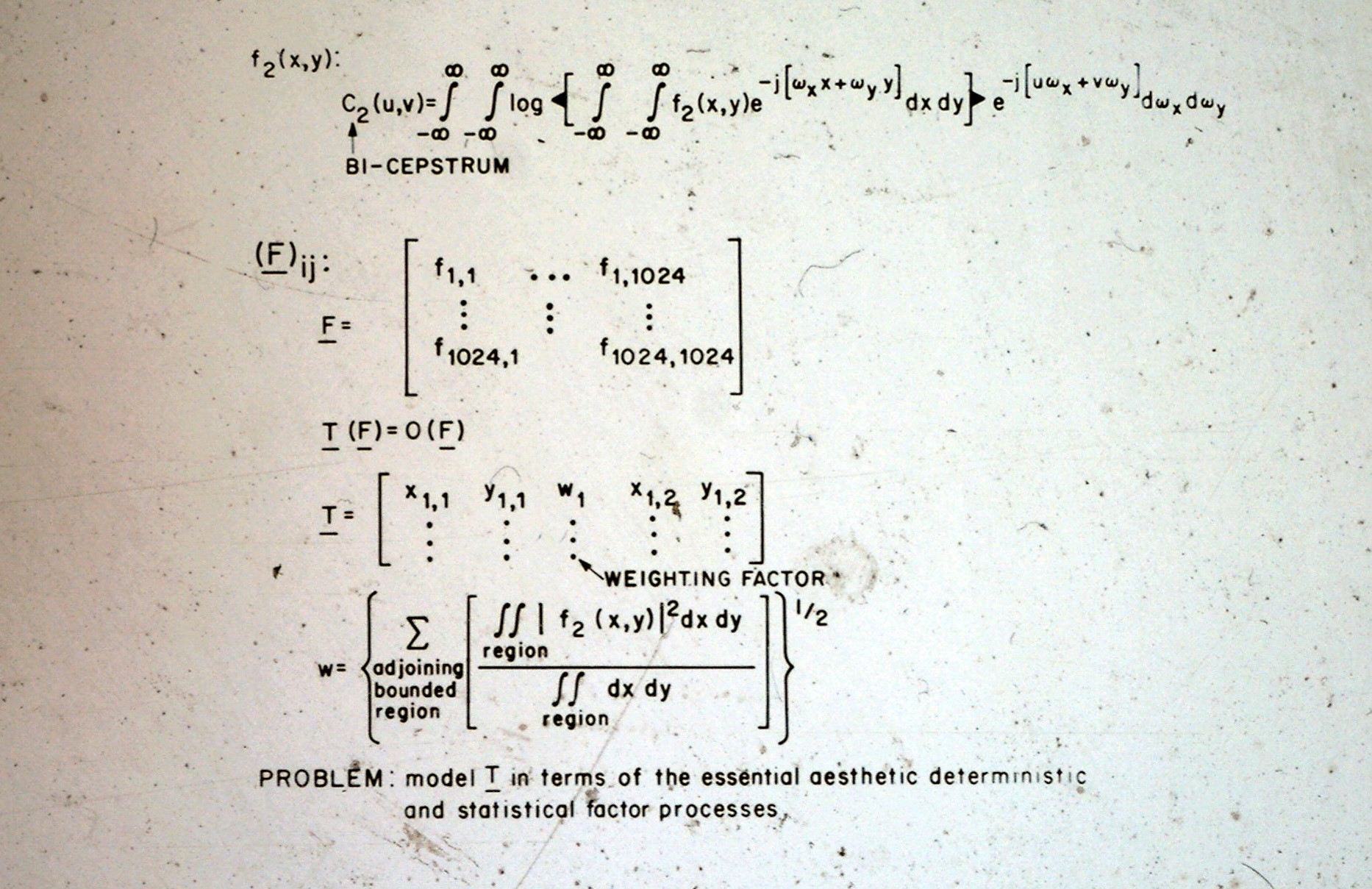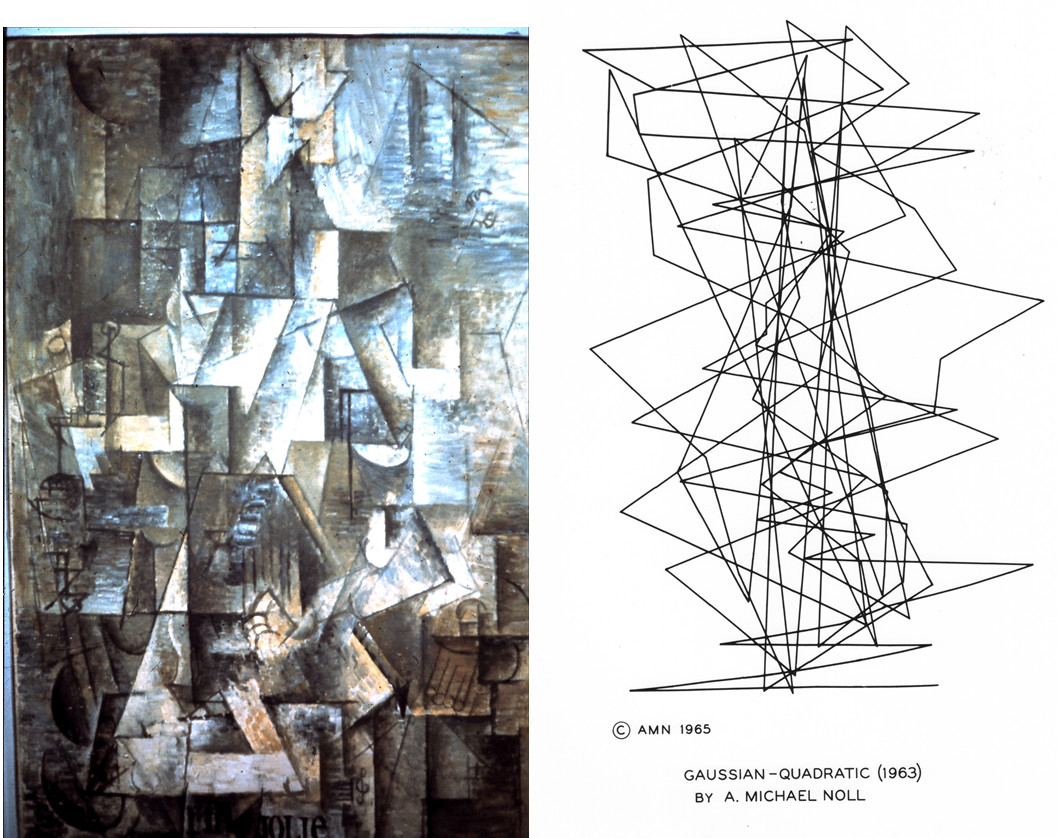First-Hand:Spoofing
A. Michael Noll
September 29, 2023
Copyright © 2023 AMN
A long time ago when I was employed at Bell Telephone Laboratories, Inc. in Murray Hill, NJ, I learned that giving a spoof presentation does not work. I made a presentation at an IEEE meeting in New York City attended by about 100 engineers. I do not remember the exact year, but it likely was in the mid 1960s.
The presentation was mostly gibberish and nonsense, but the audience listened in rapture as if it were all serious fact. The audience did not laugh – perhaps engineers lack a sense of humor? Only at the end, did two engineers approach me and ask whether the entire presentation was just a spoof. I confirmed their suspicion.
Over the years, I had heard many technical presentations at which complex equations were projected with no attention as to whether they were understood. New terms were presented, again with no time to understand them fully – or even to question their sense and legitimacy. I decided that my presentation would be a spoof on these kinds of presentations – I assumed the audience would understand and laugh.
I recall that an abstract was needed before my presentation. I wrote the text, and a graphic designer working at Bell Labs played with it, even having some of the text up side down. Anyone seeing it would have expected a spoof of some kind. My topic described the use of digital computers in the visual arts and music.
I claimed that a computer program used some complex equations to analyze works of art to extract their “essential aesthetic ingredients.” I flashed on the screen some complex integral equations that were nonsense.
I then claimed that the computer analyzed Picasso’s painting “Ma Jolie” and determined its essential aesthetic ingredients, from which the computer then created its own version “Gaussian Quadratic.” I showed the Picasso and the computer version.
The audience believed it all. Actually, I programmed “Gaussian Quadratic,” and it reminded me of the cubism in the Picasso painting, which I had liked. “Gaussian Quadratic” was copyrighted by me, and was registered at the US copyright office in the mid 1960s.
In my presentation, I then discussed computer music. I played a work, and listened with intense concentration, as if it were an example of great music. Actually, I had created what I played using a 3D input device to control tones on the computer. The work was total nonsense – I was criticizing much of the computer music that was being generated back then in the 1960s. But the audience failed to understand the spoof and criticism.
Today, I realize that what I described about computer art would be credited as artificial intelligence (AI) – or AI art. This was nonsense back in the 1960s – and just as nonsensical today.

